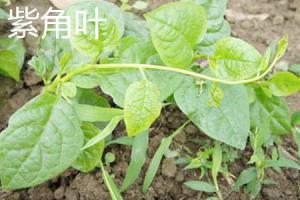Is a Rubber Tree Plant Poisonous to Animals?
Rubber trees are popular houseplants due to their unique appearance and ease of care. While they are a lovely addition to any home, there is a question that often arises among pet owners - are rubber tree plants poisonous to animals? In this article, we will explore the answer to this question and provide information on how to keep your pets safe around rubber trees.
What are Rubber Tree Plants?
Rubber tree plants, also known as Ficus elastica or rubber plants, are native to tropical regions of Asia and are commonly grown as houseplants in many parts of the world. They are characterized by their large, shiny leaves that can grow up to one foot in length and their woody stems. These plants are very easy to care for and can thrive in a wide range of lighting and temperature conditions.
Are Rubber Tree Plants Poisonous to Animals?
The leaves of rubber tree plants contain a sap that can be toxic to animals if ingested. This sap contains a protein called ficin that can cause allergic reactions and irritation when it comes into contact with the skin or mucous membranes. Ingestion of this sap can cause a variety of symptoms depending on the amount consumed and the type of animal.
What are the Symptoms of Rubber Tree Plant Poisoning in Animals?
The symptoms of rubber tree plant poisoning in animals can vary depending on the type of animal and the amount of sap ingested. In general, symptoms can include:
Vomiting
Diarrhea
Loss of appetite
Excessive drooling
Difficulty breathing
Seizures
Lethargy
If you suspect that your pet has ingested any part of a rubber tree plant and they exhibit any of these symptoms, it is important to seek veterinary attention immediately.
How Can You Keep Your Pets Safe Around Rubber Tree Plants?
If you have rubber tree plants in your home and you also have pets, there are a few things you can do to keep your pets safe from the potentially toxic sap:
Keep your rubber tree plants out of reach of your pets. This can be accomplished by placing them on high shelves or using plant stands.
If your pet has access to your rubber tree plants, monitor them closely to make sure they are not chewing on the leaves or stems.
If you notice that your pet has ingested any part of a rubber tree plant or is exhibiting any symptoms of poisoning, seek veterinary attention immediately.
Conclusion
While rubber tree plants are not generally considered to be highly toxic to animals, their sap can be irritating and potentially harmful if ingested. If you have pets in your home, it is important to take precautions to keep them safe around rubber tree plants. By following the tips outlined in this article, you can enjoy the beauty of these plants while also ensuring the safety of your furry friends.

 how many times do yo...
how many times do yo... how many planted tre...
how many planted tre... how many pine trees ...
how many pine trees ... how many pecan trees...
how many pecan trees... how many plants comp...
how many plants comp... how many plants can ...
how many plants can ... how many plants and ...
how many plants and ... how many pepper plan...
how many pepper plan...






























